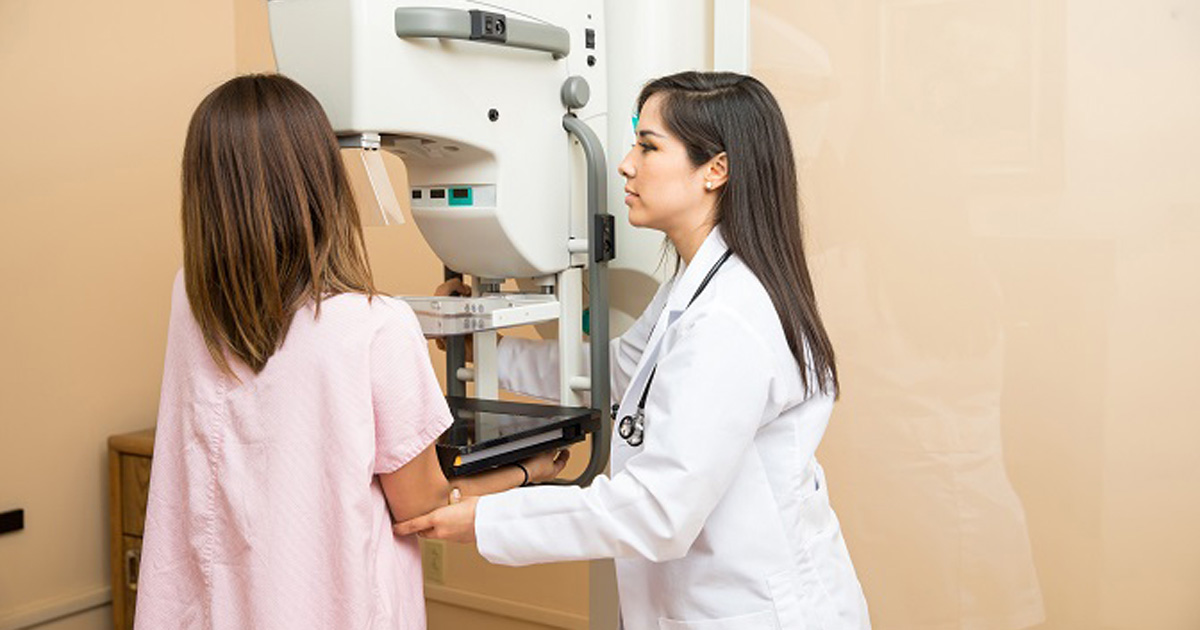European breast cancer guidelines recommend screening every 2 to 3 years
New guidelines from the European Commission Initiative for Breast Cancer Screening and Diagnosis recommend against annual mammography and screening in women aged 40 to 44 years, and instead recommend screening every 2 to 3 years for those aged 45 to 74 years.
“Breast cancer screening practices in European countries differ sharply from those in the United States,” Joann G. Elmore, MD, MPH, a professor of medicine at the David Geffen School of Medicine at UCLA, and Christoph I. Lee, MD, MS, a professor of radiology at the University of Washington School of Medicine, wrote in an editorial accompanying the study.
One reason for these differences, they explained, it that European countries have a single-payer health system, while women in the United States need to navigate the “wild-type” health system in the Unites States. In addition, most European nations have two radiologists interpret mammograms, which has been shown to be more accurate than the single reading typically seen in the U.S.
“Indeed, the false-positive rate is 2 to 3 times higher in the United States than in some European countries,” Elmore and Lee wrote.

European guidelines
Based on results from randomized controlled trials and observational studies, an international, multidisciplinary panel recommended against mammography screening among those aged 40 to 44 years with average risk, and recommended screening in those aged 45 to 74 years.
The panel found that women aged 45 to 49 years should receive screening every 2 to 3 years, women aged 50 to 69 years should be screened every 2 years, and women aged 70 to 74 years should be screened every 3 years.
Holger J. Schünemann, MD, PhD, MSc, professor and chair of the department of clinical epidemiology and biostatistics at McMaster University in Hamilton, Ontario, Canada, and colleagues explained that while they identified benefits to annual screening across all age groups, biennial and triennial screening had greater overall health benefits when balanced with harms associated with screening.
“Annual screening showed increased overdiagnosis rates, more false-positive results (in some comparisons, >30% more), and more suggestions for follow-up with biopsies for false-positive results (in some comparisons, >5% more) across age groups compared with biennial or triennial screening,” they wrote.
The panel also recommended using digital mammography alone over digital breast tomosynthesis in women with average risk. However, the use of digital breast tomosynthesis was recommended in women who have suspicious lesions identified during mammography screening.
For women with dense breast tissue, the panel recommended against the use of tailored screening with automated breast ultrasonography, hand-held ultrasonography or MRI.
Conflicting US guidelines
In the Unites States, guidelines vary by organization. The ACP guidelines state that physicians should discuss breast cancer screening with their patients aged 40 to 49 years and recommend screening every other year in women aged 50 to 74 years.
However, according to the American College of Radiology (ACR), the ACP guidelines could result in 10,000 additional cancer deaths each year. Additionally, thousands more would undergo extensive surgery, mastectomies and chemotherapy for advanced cancers. Instead, ACR recommends annual screening with mammography or digital breast tomosynthesis in women with average risk starting at 40 years of age. – by Erin Michael
References:
ACR. New ACP Guidelines Would Result in Thousands of Unnecessary Breast Cancer Deaths. https://www.acr.org/Media-Center/ACR-News-Releases/2019/New-ACP-Guidelines-Would-Result-in-Thousands-of-Unnecessary-Breast-Cancer-Deaths. Accessed Nov. 25, 2019.
Elmore JG, Lee CI. Ann Intern Med. 2019;doi:10.7326/M19-3104.
Schünemann HJ, et al. Ann Intern Med. 2019;doi:10.7326/M19-2125.
Disclosures: Elmore reports being Editor-In-Chief for adult primary care topics at UpToDate. Lee reports grants to his institution from GE Healthcare, personal fees from ACR for editorial board work, and textbook royalties from McGraw Hill Inc., Oxford University Press and Wolters Kluwer Health, outside the submitted work. Please see the guidelines for Schünemann and the other authors’ relevant financial disclosures.
